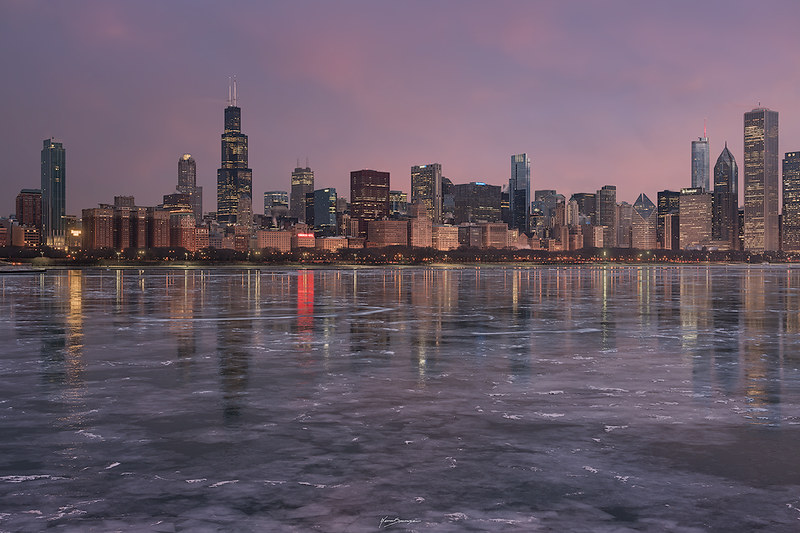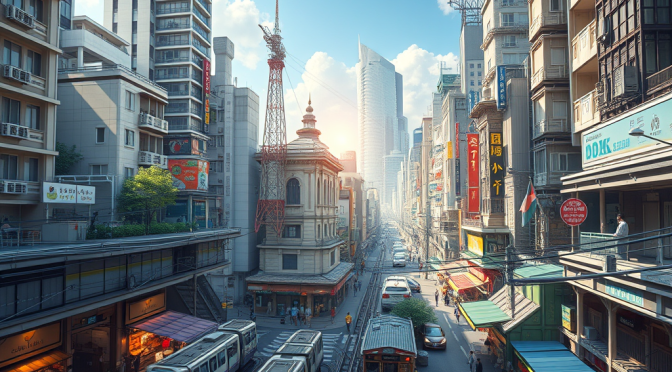In recent years, the term “deep cities” has begun to surface in discussions across urban planning, architecture, technology, and cultural studies. But what exactly does it mean? At its core, the idea of deep cities transcends the superficial understanding of urban environments, delving into the complex, interconnected layers of human, technological, and ecological systems that shape modern metropolises. Let’s unpack this fascinating concept.
Layers of Depth in Urban Environments
- Historical Depth Cities are living entities that carry the imprints of their past. Deep cities acknowledge the historical layers embedded in urban landscapes—from ancient ruins beneath modern streets to the preservation of architectural styles and cultural heritage. This depth reminds us of the continuum of human activity and innovation, linking the past with the present and influencing the future.
- Technological Depth Beneath the surface of a city lies an invisible web of technological infrastructure. Fiber-optic cables, power grids, water supply networks, and transportation tunnels form the unseen backbone of urban life. Smart cities, an evolution of the deep city concept, integrate sensors and data analytics to optimize these systems, making cities more responsive and efficient.
- Social Depth Deep cities are not just physical spaces; they are also communities. They embody the interactions of diverse cultures, economies, and social dynamics. This depth is evident in the multi-layered experiences of urban life, from the bustling markets and public spaces to the digital connections that tie residents together across geographic boundaries.
- Ecological Depth Urban environments exist within broader ecological systems. Deep cities recognize the interplay between urbanization and nature. Green roofs, urban forests, and sustainable design are efforts to integrate ecological consciousness into city planning. Moreover, addressing climate change and resource scarcity requires cities to operate as resilient, adaptive systems.

Deep Cities and the Future
The concept of deep cities is increasingly relevant as urbanization accelerates worldwide. By 2050, it’s estimated that nearly 70% of the global population will live in urban areas. The deep city approach offers a holistic framework to address the challenges of overcrowding, resource management, and social inequality.
Emerging technologies such as artificial intelligence (AI), blockchain, and the Internet of Things (IoT) are also shaping the deep city narrative. These technologies promise to enhance transparency, efficiency, and inclusivity in urban governance and services.
Practical Examples
- Tokyo, Japan: Known for its seamless integration of traditional and modern elements, Tokyo exemplifies a deep city by preserving its rich cultural heritage while leading technological innovation in urban living.
- Barcelona, Spain: Through smart city initiatives, Barcelona demonstrates the technological depth of urban environments. It uses IoT sensors to manage traffic, monitor air quality, and optimize energy use.
- Copenhagen, Denmark: As a leader in sustainable urban planning, Copenhagen highlights ecological depth by aiming to become carbon-neutral by 2025 through renewable energy, green transportation, and urban biodiversity.
Why Deep Cities Matter
The deep city perspective compels us to think beyond superficial urban aesthetics or individual systems. It challenges city planners, policymakers, and residents to consider the intertwined layers of history, technology, society, and ecology. By doing so, cities can evolve into dynamic, resilient, and inclusive environments that cater to the needs of all their inhabitants—human and non-human alike.
Final Thoughts
Deep cities are a powerful metaphor for understanding the complexity of urban life in the 21st century. By appreciating the layered dimensions of cities, we gain insight into how to build better, smarter, and more sustainable urban environments. Whether you’re an architect, technologist, historian, or simply a curious resident, exploring the depths of your city can uncover new ways to connect with the place you call home.
